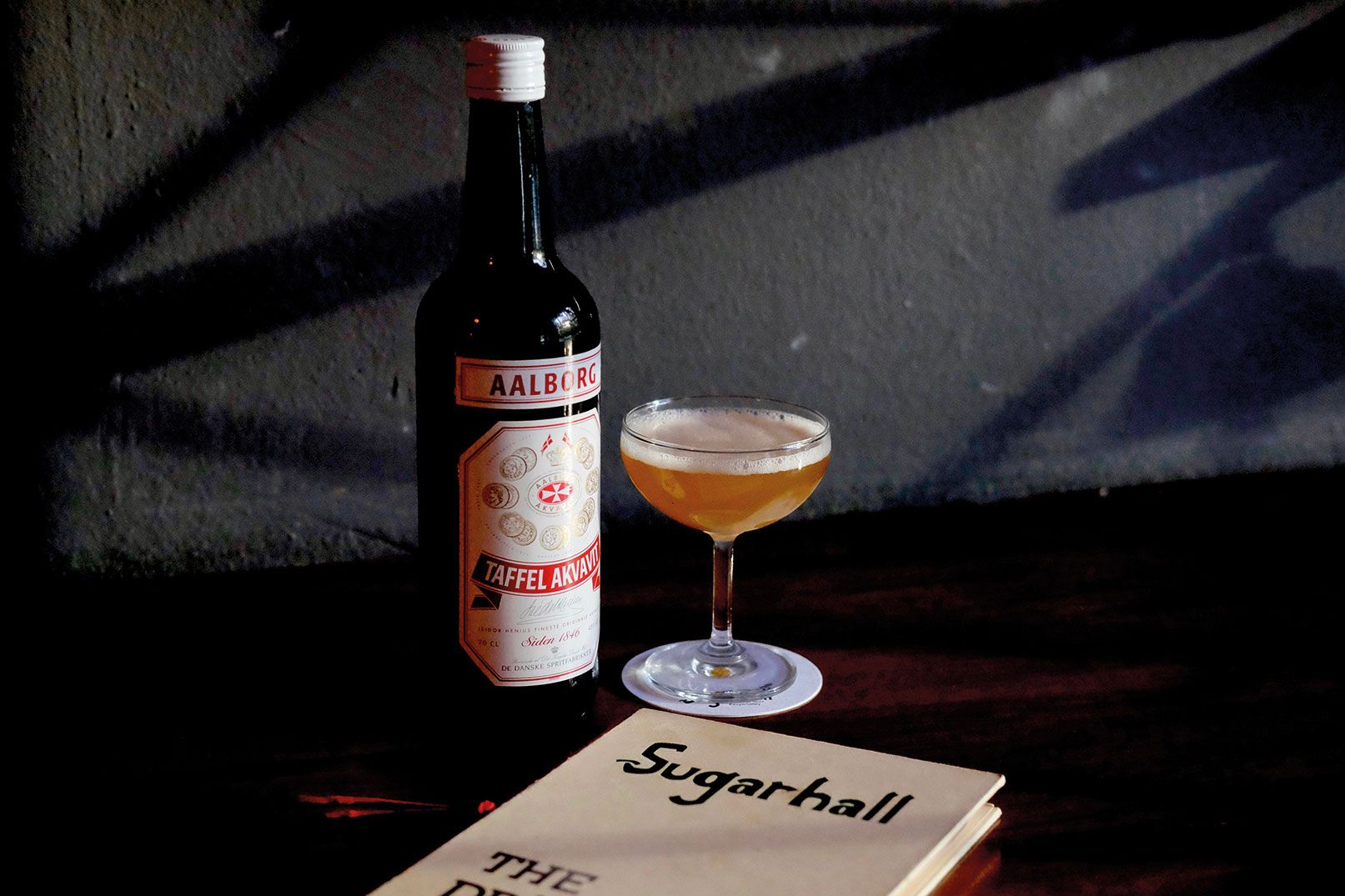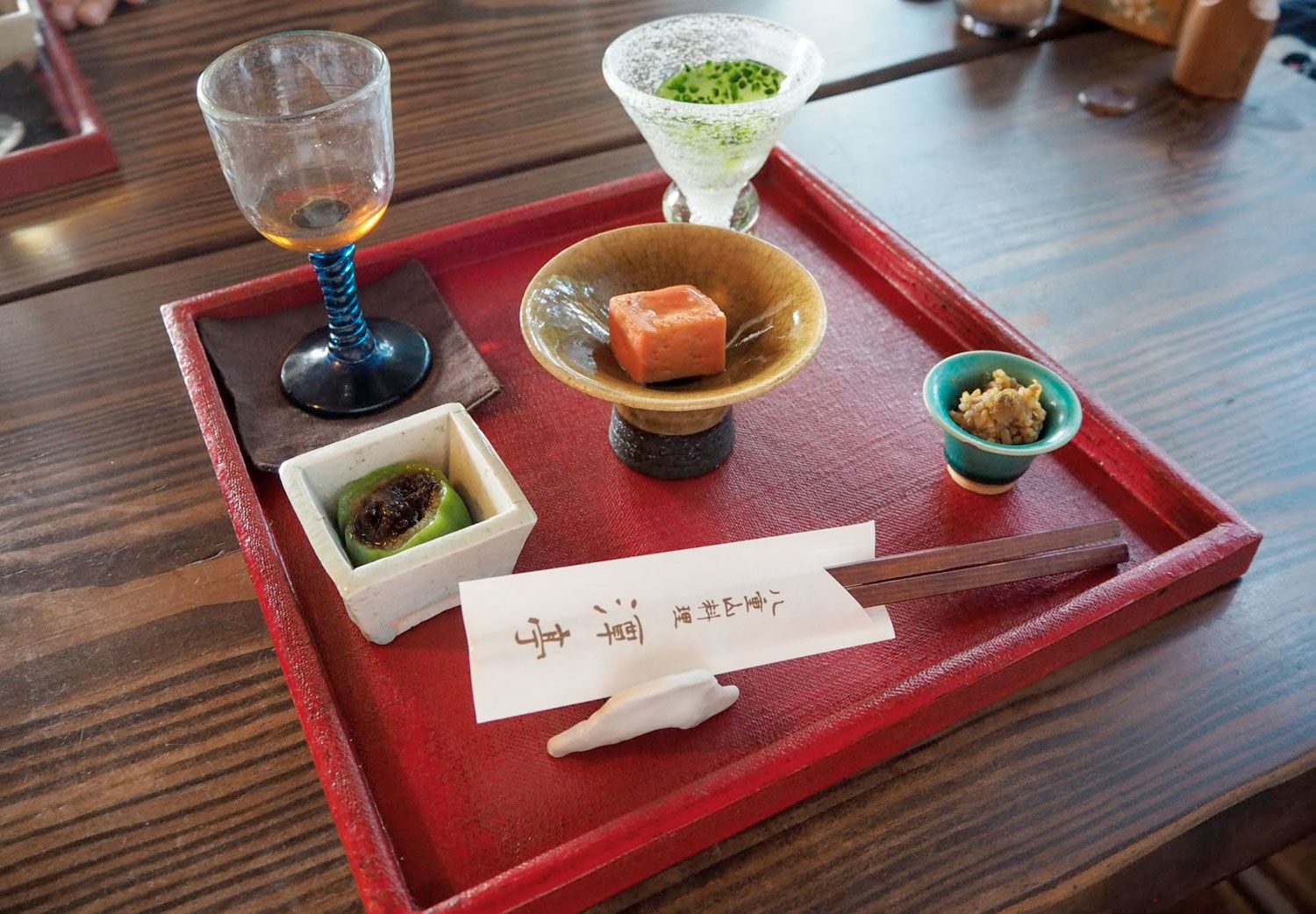1. Aquavit

Aquavit—or akvavit—is a spirit of Scandinavian origin that’s distilled from grain and potatoes, and infused with herbs and spices such as caraway, dill, aniseed, or fennel. It’s in the same family as gin, but unlike gin, whose predominant flavour comes from juniper berries, caraway is the main flavour in this spirit.
Aquavit may sound all modern and fancy, but its origins go as far back as the 15th century. It is enjoyed throughout Scandinavia as an aperitif and especially during special festivities, but increasingly mixologists are leveraging aquavit’s herbaceous, dry quality to add complexity to their cocktail creations.
To taste aquavit in its purest form, grand lobby bar Atlas—better known for its towering column of gins and a sprawling champagne collection—carries Linie Aquavit from Norway. But if you prefer to try it in a cocktail, rum bar Sugarhall uses Aalborg Akvavit in its Plum Sour to provide a spicy punch to round out its whisky and umeshu plum liqueur base. If you’re feeling adventurous though, ask bartender Sam Loh to put together his delicious yet-unnamed off-menu riff of a Yokohoma, also made with Aalborg Akvavit; we hear it’s so good, it’s going into the next iteration of Sugarhall’s cocktail menu.
(Related: Whisky Bars To Toast To Your Favourite Dram)
2. Arrack


